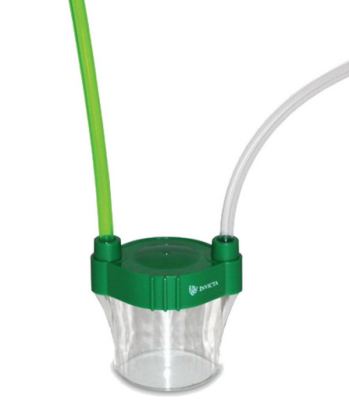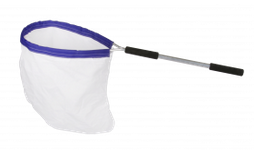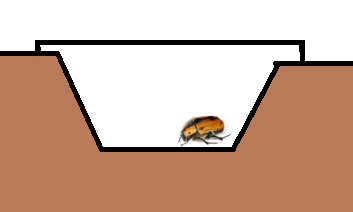Measurements in ecosystems
Ecosystems involve the interaction between abiotic (non-living) and biotic (living) parts of the environment. It is vital to find which factors need to be measured in a habitat.
Abiotic Factors include:
Temperature
Light intensity
Moisture levels
Soil PH and mineral content
Wind direction and intensity
Carbon dioxide levels for plants
Oxygen levels for aquatic animals
Biotic Factors include:
Food availability
New predators arriving
New pathogens
One species out-competing another species
Sampling methods to measure biotic factors
A sample is taken to avoid having to count all the species living in an area. Radom sampling is more likely to be representative of the population and the bigger the sample size the more accurate the results are likely to be.
Quadrats
Quadrats are square frames that typically have sides of length 0.5m. If they are randomly placed they can provide good results as the population of a species can be estimated.
If for example an average of 8 buttercup plants are found in a .25m2 quadrat, you could estimate that 32 buttercup plants would be found in each 1 m2 and 32,000 buttercup plants would be found in a 1000 m2 field.
Transects
When scientists want to look at how species change across a habitat or boundary between two different habitats a systematic approach is needed. This can be achieved by laying a tape measure down, marking regular intervals. Next to the line, lay down a small quadrat. Count the number of plants of the different species and then move the quadrat along at regular intervals, recording the plant populations at each point until the end of the line.
This video demonstrates using quadrats to study grassland ecology
Sampling animal populations
Sampling animal populations is problematic as they are mobile and can evade capture.
Pooters

Pooters use a simple technique which allow the insects to be gathered up without harming them. You can see which species are present.
Sweepnets

Sweepnets can be used in long grass or woodland where there are lots of shrubs. Like with the use of pooters it is difficult to get truly representative samples.
Pitfall Traps

Pittfall traps are set into the ground and used to catch small insects like beetles. Sometimes water is placed at the bottom of the trap to kill the samples and prevent them escaping. This method is used to give an indication of the relative numbers of organisms in a given area.
The capture/recapture method
The capture/recapture method is also known as the Lincoln index.
Animals are caught humanely – for example beetles are caught in a trap overnight and they are counted and recorded. They are then marked in some way (for example waterproof paint). The animals are then realised back into population for a suitable amount of time. A second sample is taken which will contain some of the marked animals and some new unmarked ones. The numbers in each group are then counted.
When using the capture/recapture method we make the following assumptions:
No death, immigration or emigration
Each sample is collected in exactly the same way
The marks given to the animals don’t affect their survival rate (as using too much paint will kill them).
We can then use the following formula to estimate the total population in the habitat.
Population size = number in the first sample (all marked) x number in second sample (marked and unmarked) / number in second sample that were previously marked
For example 36 beetles are caught and a tiny dab of paint put on them, they are then released. The next evening a further 48 are caught. 21 of these beetles have paint on them.
Population size = 36 x 48 / 21 = 82
